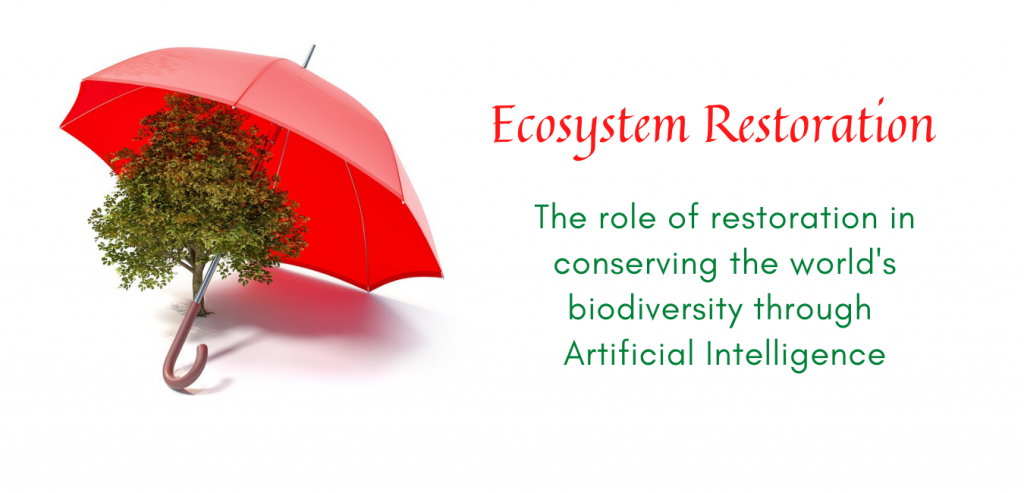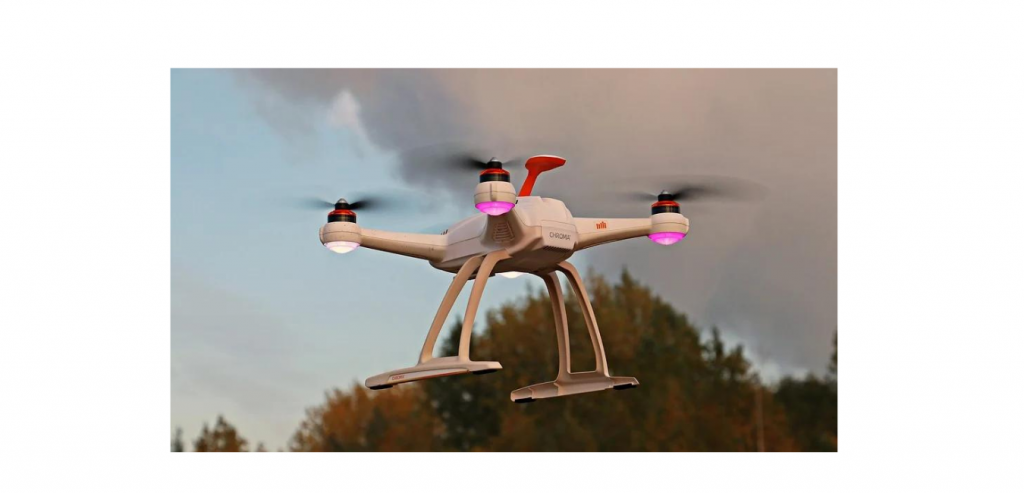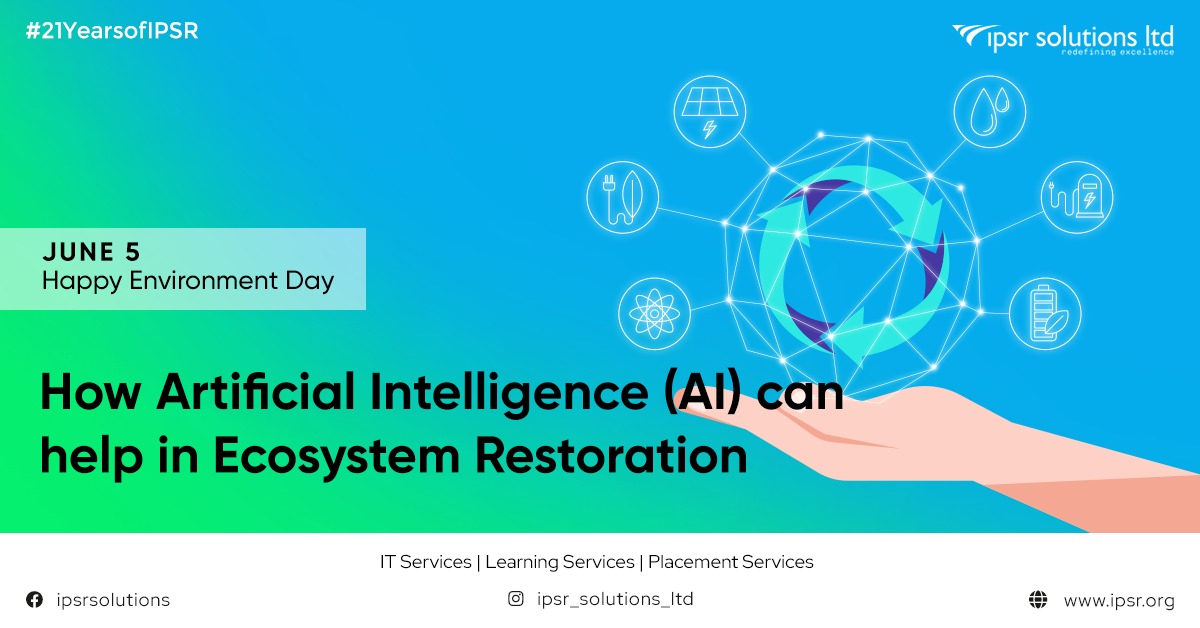How Artificial Intelligence (AI) can help in Ecosystem Restoration
 Ecosystem restoration Is a process of assisting the recovery of ecosystems that have been damaged, degraded, or destroyed. Prairies, wetlands, forests, and savannas on these days are utterly dependent on people, and especially under modern conditions, they die out. If these places disappear, as if they are developed or if they are sold, on a very basic level if these places are localized extinctions of rare plants and animals which is a tragedy in itself. In this world, we have small remnant prairie parcels that become smaller and smaller as more development occurs. Additionally, these small remnants are infested with invasive species that out-compete native species and are changing the way that these ecosystems function and our species diversity diminish.
Ecosystem restoration Is a process of assisting the recovery of ecosystems that have been damaged, degraded, or destroyed. Prairies, wetlands, forests, and savannas on these days are utterly dependent on people, and especially under modern conditions, they die out. If these places disappear, as if they are developed or if they are sold, on a very basic level if these places are localized extinctions of rare plants and animals which is a tragedy in itself. In this world, we have small remnant prairie parcels that become smaller and smaller as more development occurs. Additionally, these small remnants are infested with invasive species that out-compete native species and are changing the way that these ecosystems function and our species diversity diminish.
Another really important thing to consider is the impact on people – The plants and trees that we have out there are helping to clean the air that we breathe. Ecological restoration is happening all around the world, but not just in big wilderness areas. It is happening in our own neighborhoods and communities.

It is time to discuss how Artificial Intelligence(AI) helps us solve our ecological issues.
Effective protection of our environment is largely dependent on the quality of the available information used to make an appropriate decision. Problems arise when the qualities of available information are huge and nonuniform and their quality could not be stated in advance. Another major reason is the dynamic nature of the problem. Computers are structured with present-day environmental protection in tasks such as monitoring, data analysis, communication, information storage, and retrieval, so it has been natural to try to collaborate and project all these tasks with Artificial intelligence knowledge-based techniques.

The need of developing deep learning algorithms that monitor the population of various species, smart cameras that can detect poachers in the bush, sensor tagged animals that reveal details of their life histories, and smartphones that can listen for chainsaws in the forest are just some examples of the advantages to be gained from implementing benevolent monitoring systems across the natural world.
For Instance – An international conservational charity has created a monitoring device that captures and transmit real-time data on wildlife and human activity anywhere in the world.,This monitoring system uses a combination of sensors, cameras,low-power radio networks, and satellite technology to monitor wildlife behavior, habitable changes, and alerts the authorities in near real-time when illegal poaching activity is detected. The devices are powered by internal Li-ion batteries and sometimes external (solar-powered) batteries to allow installation on animals and elsewhere, even in the most remote locations.
On a wider scale, the current issues of sustainable development our world is facing consists of Poverty, Hunger, Health and well-being, Quality Education, Gender Equality, Clean water and sanitization, Affordable and clean energy, Decent Work and Economic Growth, Industry Innovation, and Infrastructure, Sustainable Cities and Communities, Responsible Consumption and Production, Climate Action, Life below Water, Life on Land, Peace Justice and Strong Institutions. The question now arises how can we use technology so that they actually end up benefiting as many people as possible. In computer vision, we can build computer systems that can reliably classify images into various classes which can identify objects and figure out what is there in the videos and images. In the current scenario, the entire field of artificial intelligence and machine learning which is booming can be used for the restoration of our ecosystem by developing techniques to fill the data gaps, using unconventional data resources that are available globally which we have discussed earlier, they are less expensive and they are passively collected too.
Once we start thinking how little land area could we need to pack all of our food, fiber, minerals, and other things were procurement needs into? It is relatively an easy question to ask but it is extremely difficult to compute because of the spatial and temporal correlation challenges there. Maybe the answer can blow up on us really quickly from an optimization perspective. It is actually a rudimentary question to ask as the majority of human beings didn’t even start thinking about the importance of our ecosystem and the time is really shrinking for us to restore what the generations have degraded.
This is a disrupted environment that we owe to restore to what it needs to be to function in the long term. The work is very far from done. Restoring our natural areas is critical and when people become involved with managing the landscape, invasive species can be controlled, native species can be reintroduced, and the ecosystem can be restored. This responsibility lies with every human being. Nature needs you and calls you, Come, help out. You will be glad if you do.








